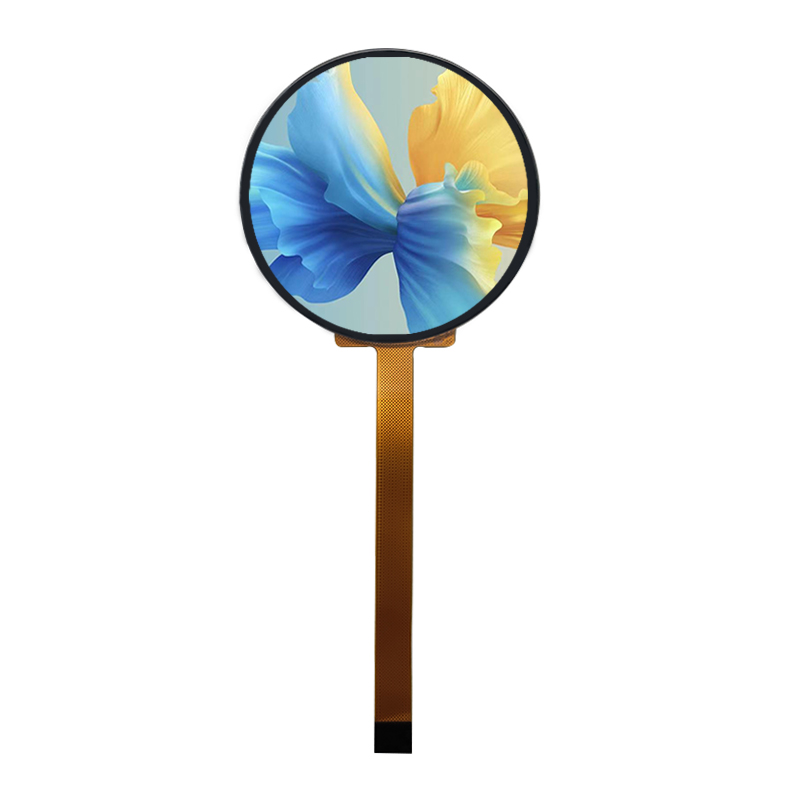Table of Contents
فوائد تخصيص وحدات TFT LCD لتطبيقات محددة
كيفية تخصيص وحدات TFT LCD لتحسين الأداء والوظائف
تعد وظيفة اللمس ميزة أخرى يمكن تخصيصها في وحدات TFT LCD. تتيح وظيفة اللمس للمستخدمين التفاعل مع شاشة العرض باستخدام إيماءات اللمس، مثل النقر والسحب والقرص. من خلال تخصيص وظيفة اللمس لشاشة العرض، يمكن للمصممين إنشاء واجهة أكثر سهولة وسهولة في الاستخدام لمشروعهم، مما يعزز تجربة المستخدم الشاملة.
في الختام، يمكن أن يساعد تخصيص وحدات TFT LCD في تحسين أداء ووظائف شاشة العرض. شاشات في مجموعة واسعة من الأجهزة الإلكترونية. من خلال تخصيص الحجم والدقة والسطوع وزاوية العرض ووظيفة اللمس والميزات الأخرى لشاشة العرض لتلبية المتطلبات المحددة للمشروع، يمكن للمصممين التأكد من أن شاشة العرض توفر المستوى المطلوب من الأداء والوظيفة. يسمح تخصيص وحدات TFT LCD للمصممين بإنشاء شاشات عرض مُحسّنة لمشروعهم، مما يؤدي إلى تحسين جودة الصورة وسهولة القراءة وتجربة المستخدم.
TFT LCD Modules are a popular choice for display screens in a wide range of electronic devices, from smartphones and tablets to industrial equipment and automotive displays. These modules offer high resolution, vibrant colors, and fast response times, making them ideal for applications where image quality and clarity are essential. However, off-the-shelf TFT LCD modules may not always meet the specific requirements of a particular project or application. In such cases, customization may be necessary to achieve the desired performance and functionality.
Customizing TFT LCD modules involves tailoring the display screen to meet the specific needs of a project or application. This can include modifying the size, resolution, brightness, viewing angle, touch functionality, and other features of the display. By customizing TFT LCD modules, designers can ensure that the display screen meets the exact requirements of their project, resulting in improved performance and functionality.
One of the key considerations when customizing TFT LCD modules is the size of the display screen. The size of the display screen will depend on the specific requirements of the project, such as the available space for the display, the viewing distance, and the desired level of detail. Customizing the size of the display screen can help to optimize the viewing experience and ensure that the display fits seamlessly into the overall design of the device.
In addition to size, resolution is another important factor to consider when customizing TFT LCD modules. The resolution of the display screen will determine the level of detail and clarity of the images and text displayed on the screen. By customizing the resolution of the display screen, designers can ensure that the display meets the specific requirements of their project, whether it be high-definition video playback, detailed graphics, or crisp text.
Brightness is another key consideration when customizing TFT LCD modules. The brightness of the display screen will determine how well the screen can be viewed in various lighting conditions, from bright sunlight to dimly lit environments. By customizing the brightness of the display screen, designers can ensure that the screen is easily readable and visually appealing in any lighting situation.
Viewing angle is another important factor to consider when customizing TFT LCD modules. The viewing angle of the display screen will determine how well the screen can be viewed from different positions and angles. By customizing the viewing angle of the display screen, designers can ensure that the screen is easily readable and visually appealing from a wide range of viewing positions.

Touch functionality is another feature that can be customized in TFT LCD modules. Touch functionality allows users to interact with the display screen using touch gestures, such as tapping, swiping, and pinching. By customizing the touch functionality of the display screen, designers can create a more intuitive and user-friendly interface for their project, enhancing the overall user experience.
In conclusion, customizing TFT LCD modules can help to improve the performance and functionality of display screens in a wide range of electronic devices. By tailoring the size, resolution, brightness, viewing angle, touch functionality, and other features of the display screen to meet the specific requirements of a project, designers can ensure that the display screen delivers the desired level of performance and functionality. Customizing TFT LCD modules allows designers to create display screens that are optimized for their project, resulting in improved image quality, readability, and user experience.
